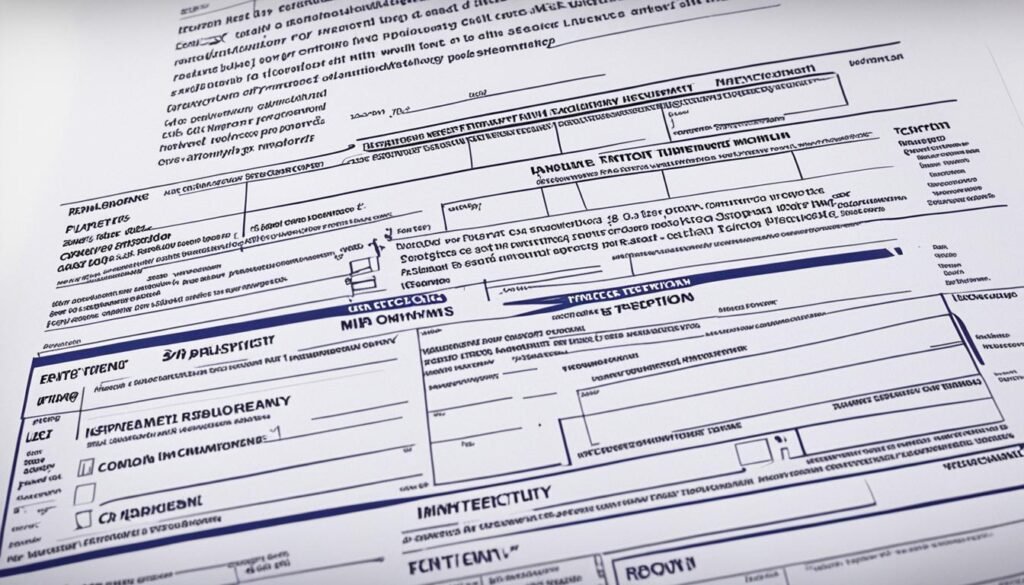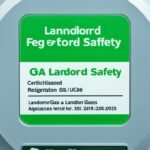A mid-tenancy inspection happens during a rental’s mid-point. It’s also called a mid-term or property inspection. This check benefits both landlords and tenants. Landlords can make sure their place is looked after. Tenants get to raise any issues they’ve found.1 The goal is to see if the property is well-kept, especially early in the tenancy. It can be done by a pro or the landlord themselves.
Key Takeaways
- Mid-tenancy inspections are usually every six months to yearly1
- Tenants must get at least 24 hours notice for these checks, but one week is better1
- Such inspections cut end-of-tenancy fights by 56%2
- Places that do mid-term checks spend 41% less on fixing things2
- Landlords and tenants should agree on when these checks happen at the start3
What is a Mid-Tenancy Inspection?
A mid-tenancy inspection happens during your rental period. It checks the property’s condition.4 The goal is to make sure tenants care for the property as agreed.4 Landlords want to spot any issues early on.4 This way, problems can be fixed before becoming big repairs. It’s also a chance for tenants to mention any worries.4
Definition of a Mid-Tenancy Inspection
A mid-tenancy inspection is a formal review of the property. It happens while it’s being rented.4 Landlords use it to check the property’s state and ensure rules are followed.4
Purpose of a Mid-Tenancy Inspection
The main aim of a mid-tenancy inspection is to see if the property is looked after. It’s also about making sure both parties follow the tenancy agreement.4 Through these checks, landlords and tenants can talk openly. This helps build trust and shows landlords care about their property.4
When Should a Mid-Tenancy Inspection Take Place?
Most tenancy agreements say a mid-tenancy inspection is needed between 3 and 6 months.4 This time frame helps the tenant get used to the place. It also lets the landlord check how the property is doing before the lease ends.5
After this first check, it’s a good idea to inspect the property every six months. This makes sure everything is as it should be. It helps find any problems that might be starting.4
At the start of a new tenancy, some landlords do checks more often. They might do them every 3 or 6 months at first.5 But, the aim is always to keep up with these mid-tenancy checks. Doing so helps keep the property and the tenant in line with the rental rules.4,5
Why Are Mid-Tenancy Inspections Important for Landlords?
Mid-tenancy inspections help landlords spot problems early. They let landlords find maintenance issues before they become big and expensive. Without regular checks, things like rotten fences, pests, or hidden mould may not be seen. By finding these things early, landlords can fix them fast and stop any further damage.4
Checking Tenant Compliance
These inspections also make sure tenants follow the rules of the tenancy, like not smoking inside or having pets when not allowed. This keeps the property in good shape and deals with any rule breaks.3
Supporting Deposit Disputes
Additionally, the inspection report and photos are key if there’s a deposit dispute at the end of the tenancy. They can help prove the property’s condition when the tenant leaves.2
| Benefit | Description |
|---|---|
| Identifying Maintenance Issues | Mid-tenancy inspections allow landlords to catch problems early, enabling prompt action to prevent escalation into major repairs.4 |
| Checking Tenant Compliance | Inspections provide an opportunity to ensure the tenant is abiding by the terms of the tenancy agreement, such as prohibiting smoking or pets.3 |
| Supporting Deposit Disputes | The inspection report and photographic evidence can be crucial documentation to support landlords in any deposit-related disputes.2 |
Preparing for a Mid-Tenancy Inspection as a Tenant
There are several steps tenants can follow to get ready for a mid-tenancy inspection. Start by making sure the place is neat and properly looked after. This shows the landlord you care about the property.4 Remember, it’s not about being perfect, but it’s key to keep it as good as it was at the start, aside from usual wear.
Tidying the Property
Next, create a list of any issues you’ve noticed. This could be something like a strange sound from the boiler or weak water flow.4 Let the landlord know about these during the check. This prompt update helps them fix things fast.6 It’s a great way to show you’re on top of things and help keep a strong relationship going.
Listing Maintenance Concerns
At the inspection, the landlord or their team will review the property’s state. They will compare it to the check-in list.41 This is when you can bring up any worries, like faulty appliances, humidity, or contract breaches.6 Talking openly with the landlord shows you want to keep things up and fix issues quickly.
The Mid-Tenancy Inspection Process
During the mid-tenancy inspection, a professional clerk or the landlord might come by.4 Many people prefer professional checks because they are fair and thorough. They use the initial inventory and condition notes to see if things have changed. The inspection report will have detailed writing and pictures of the property’s state.4
Professional vs. Landlord-Conducted Inspections
The inspection looks at everything from walls, floors, and windows, to gardens and the building’s outside.4 It also checks if any furniture, appliances, or fixtures provided by the landlord are in good shape. If there’s any breaking of the rental rules, like smoking or keeping pets, it will be in the report. It will also list any fixing or maintenance work needed.
What is Included in a Mid-Tenancy Inspection Report?
5 By law, landlords must give a 24-hour written notice before inspecting the property.5 They should pick times for these checks that aren’t too early or late.5 Inspections help find problems early, so big, expensive fixes can be avoided.5 Making sure alarms and detectors work well keeps everyone safe.5 If tenants say no to an inspection, there could be damage claims from the landlord later on.5
Giving Notice for a Mid-Tenancy Inspection
Landlords must tell their tenants in advance about a mid-tenancy inspection. They have to give a written notice at least 24 hours before they plan to visit.3 This notice must say when they’ll come and why they’re visiting.3 If someone else, like an inspector, is coming, the tenant must know this too.3 Tenants can say no to entry, but this might affect solving any problems or damage claims later.3 It’s crucial to give enough notice and respect the tenant’s right to peace when arranging these checks.
Legal Requirements for Notice
According to the 1988 Housing Act, landlords must give notice before an unscheduled check. Ideally, this should be in writing and at least a week’s notice is recommended.3 There are times when an urgent check needs to happen, like in a fire or if there’s a gas leak. In these cases, landlords can enter without warning.3 They should not come in without permission for things like gardening or cleaning either. Doing so might upset the tenant and they could even change the locks.3

Mid-Tenancy Inspection
The mid-tenancy inspection means the landlord checks the property with the tenant. They go around the inside and outside, looking for problems or damage. This check compares the property now to how it was at the start4.
The inspector makes sure the tenant is looking after the place. They look for things like needed repairs, damage, or if the place looks uncared for1. Also, the tenant can talk about any problems. This helps the landlord keep the property nice and meet the tenant’s needs.
Organising a Mid-Tenancy Inspection Service
Landlords can arrange a mid-tenancy inspection through a specialist, third-party service. These professional mid-tenancy inspection providers are top choices for their neutral view on the property. They give a full report, which helps in any later deposit disagreements.4 Companies approved by the Association of Independent Inventory Clerks (AIIC) offer this service across the country. They have skilled inspectors ready to check the property. This is very helpful for landlords with many properties or those who live far away. It means the inspection is done well and meets high standards.4
Professional Inspection Services
Third-party inspection services really help landlords with their property checks. When landlords use these experts, their rental homes get a detailed, unbiased check. This full report is key in disputes over the deposit, proving the state of the property clearly.4

Conclusion
In conclusion, mid-tenancy inspections matter a lot for managing rental homes well. They help landlords spot maintenance needs early on3 and check if tenants are following the rules3. These checks also record evidence for deposit issues. For tenants, the inspections are a chance to show how they look after the home and voice any worries.
When done often and with care, these checks, either by landlords or pros7, keep the rental in good shape. Landlords can keep a good talk going with tenants. Mid-term checks are key for making sure both sides do their part and keep the renting deal solid.
Setting just the right times for these checks37 and knowing the law about giving notice3 is essential. It’s a big step in managing a rental well. Doing these checks regularly keeps problems small. Tenants also know they can talk about any worries and get help fast. In the end, everyone wins: the home stays nice, and tenants and landlords trust each other more.




